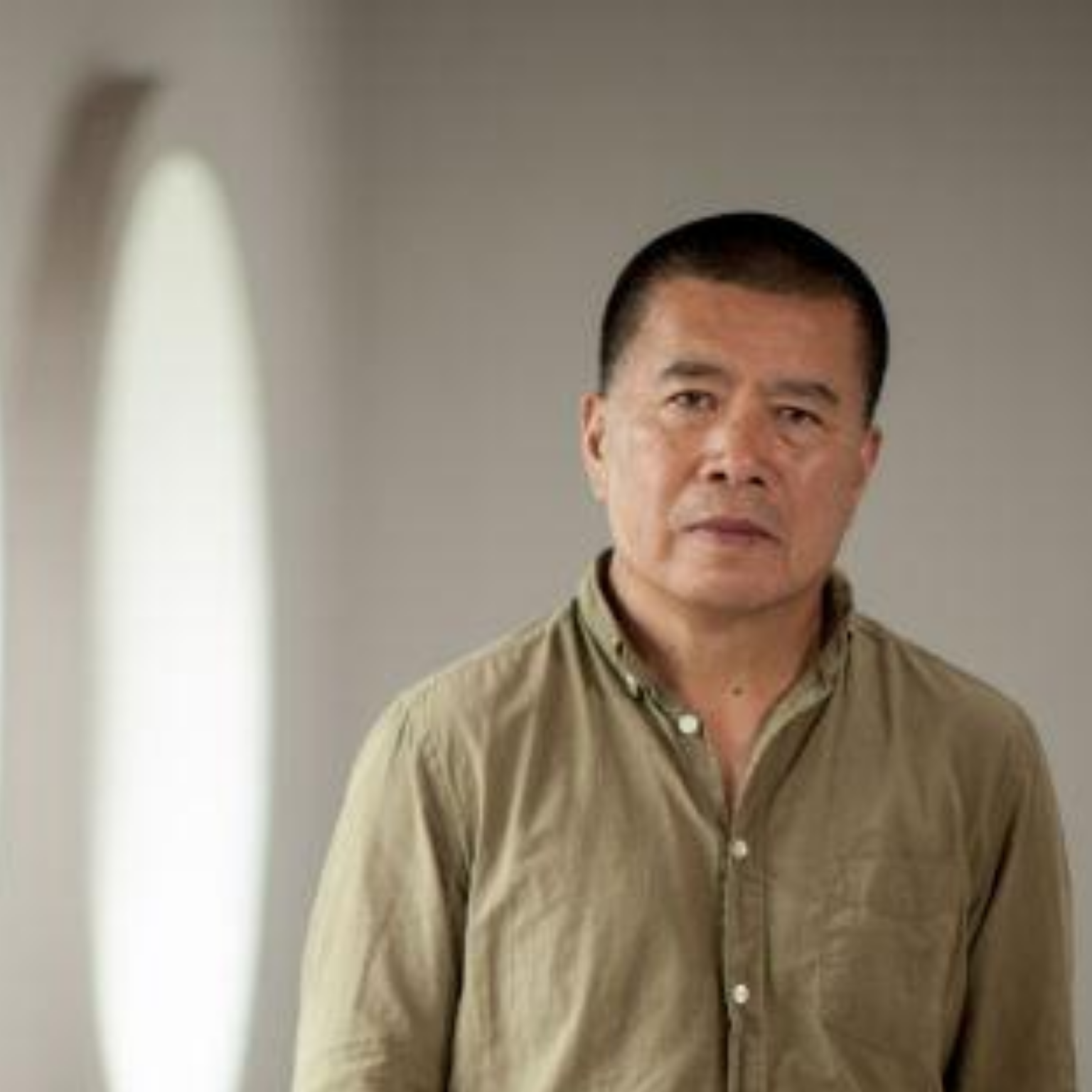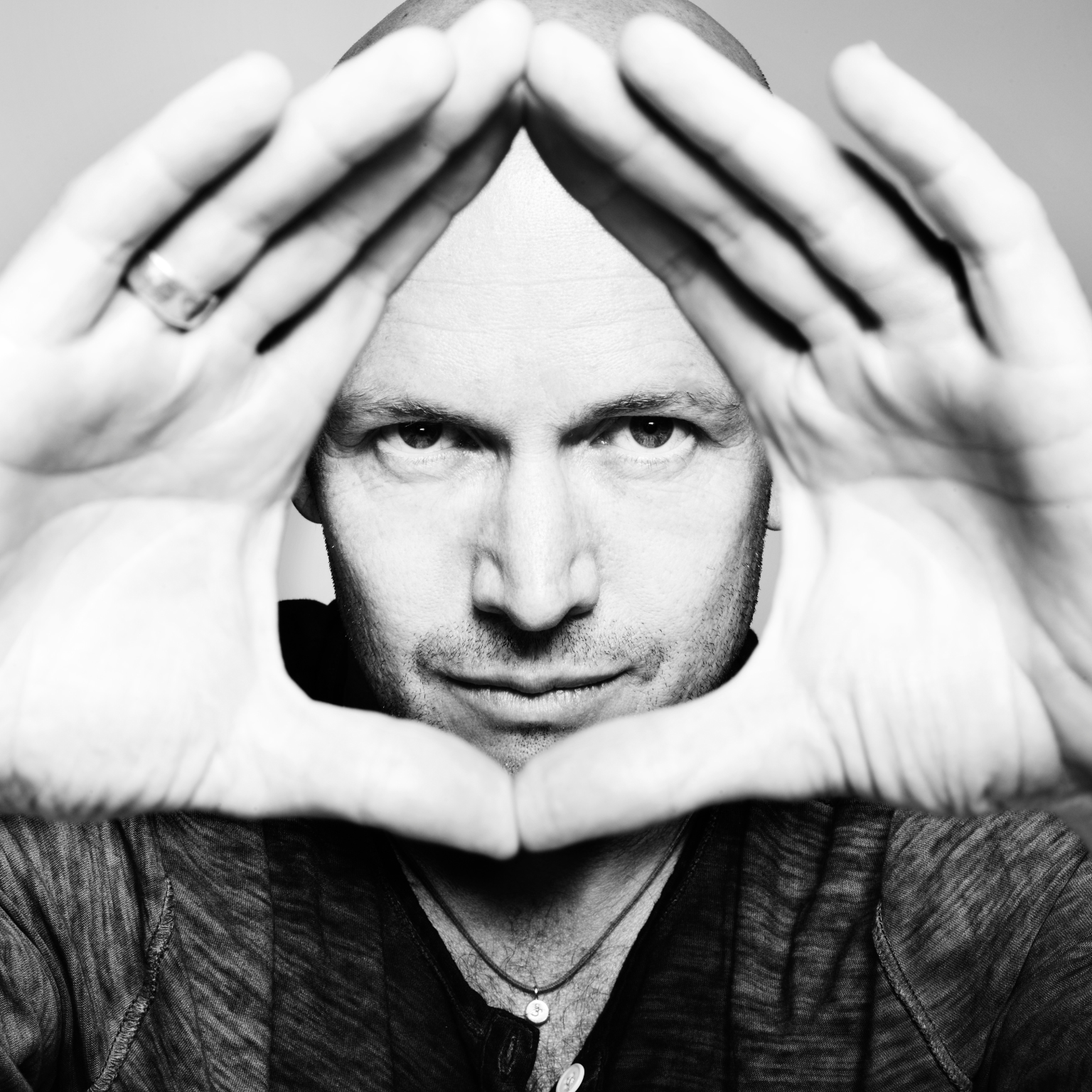Shen Shaomin, artist from China. Photography © Eli Klein Gallery, S. Shaomin
1.In your opinion what is the role of a museum?
Artwork in the artist’s hand is still alive when unfinished and will become a “dead body” once finished. Museum of art, as one of the inevitable carriers of artwork, resurrects artworks in front of the audience, whose visits and discussions provide the works a second life and more possibilities. Museum offers art space for a second nurture.
2.What are your favorite museums in the world? Why?
Compared to those famous museums with big-names, I prefer niche but experimental ones, for example, the Langen Foundation located in Germany. This museum, designed by Tadao Ando, has an appearance perfectly integrated with the nature. Moreover, it is very inclusive, being not restricted by the form of art.
Inhotim located in Brazil is like a secret garden of art because of 4,500 plant species introduced by the government. Such environment leads to the audience having a mood different from the one of visiting other art museums. It makes the audience absolutely relax without any self-limitation.
3.How important are social networks in your business? And which platform do you prefer and why.
Social networking is a crucial way of experiencing the world and the people as talking to different people brings different feelings. As an artist, I tolerate anyone’s speech no matter good or bad since I can learn a lot from it.
As for online social platform, I generally use WeChat because most of my work partners and friends use it. I also use YouTube since the content on Chinese video platforms tends to be monotonous, whereas on YouTube, I can have abundant video resources and information.
4.Due to the coronavirus emergency, how have you changed your business on social networks?
During the coronavirus pandemic, I have stayed at home alone for 3 months, during which living alone was very different from previous ones. Being forced to live alone during the pandemic made me realize that how vulnerable and powerless human being can be in front of such invisible enemy.
I stay connected with my family or friends via social media and learn the world outside through online platforms. Meanwhile experiencing the convenience, I also experienced a loss of intimacy between each other when we were separated by the internet. It now has become a trend. An artist not only has to adapt but also needs to consider the potential issues within it.
5.To create greater engagement among museums, artists and professionals, do you have any advice for cultural projects such as #MuseumWeek?
I think it is a great way that connects museums, artists, and art practitioners, which itself is a great artistic behavior as everyone is able to learn more knowledge on art and thus create more different artworks. I do not have much suggestions but only hope #MuseumWeek launches successfully.
Interview by Fabio Pariante, journalist
MORE
Shen Shaomin on social networks: Facebook
Shen Shaomin (Heilongjiang, 1956) is a Chinese artist and studied art history for three years at Harbin College of Education.
His artistic path begins with the printing in 1979, and today in particular, his kinetic sculptures are the result between the real and the imaginary that reflect the Anthropocene, the current geological age in which the terrestrial environment is conditioned by effects of human action.
In 2010, in reference to the global financial crisis of 2008, the artist created the “Summit” exhibition in Hong Kong with the sculptures of the former Communist leaders. Instead, in 2012 Shaomin opened his Beijing studio to young Australian artists for residencies, thus promoting artistic talent in both countries. The artist has exhibited all over the world and currently lives and works between Beijing and Sydney.



